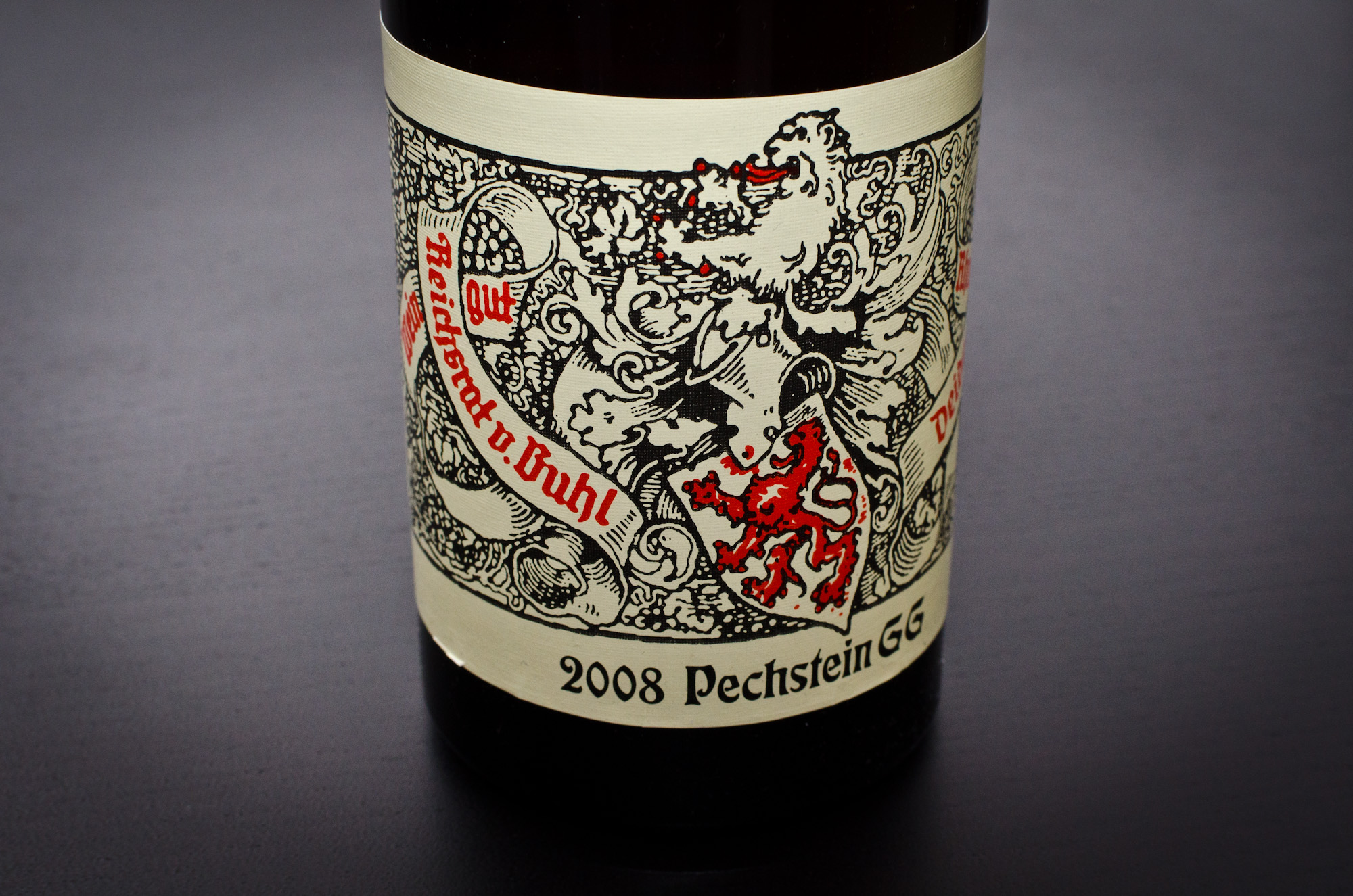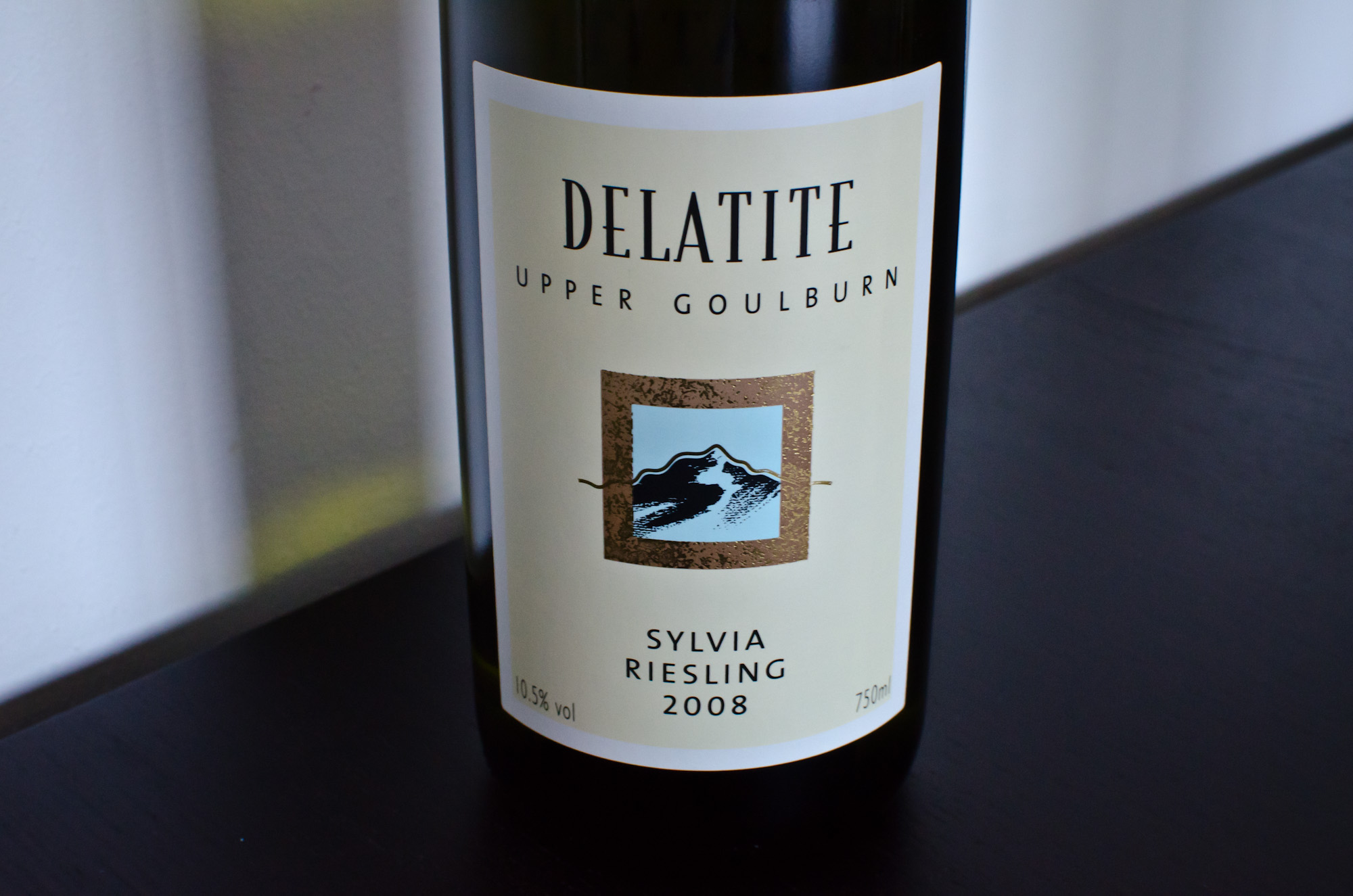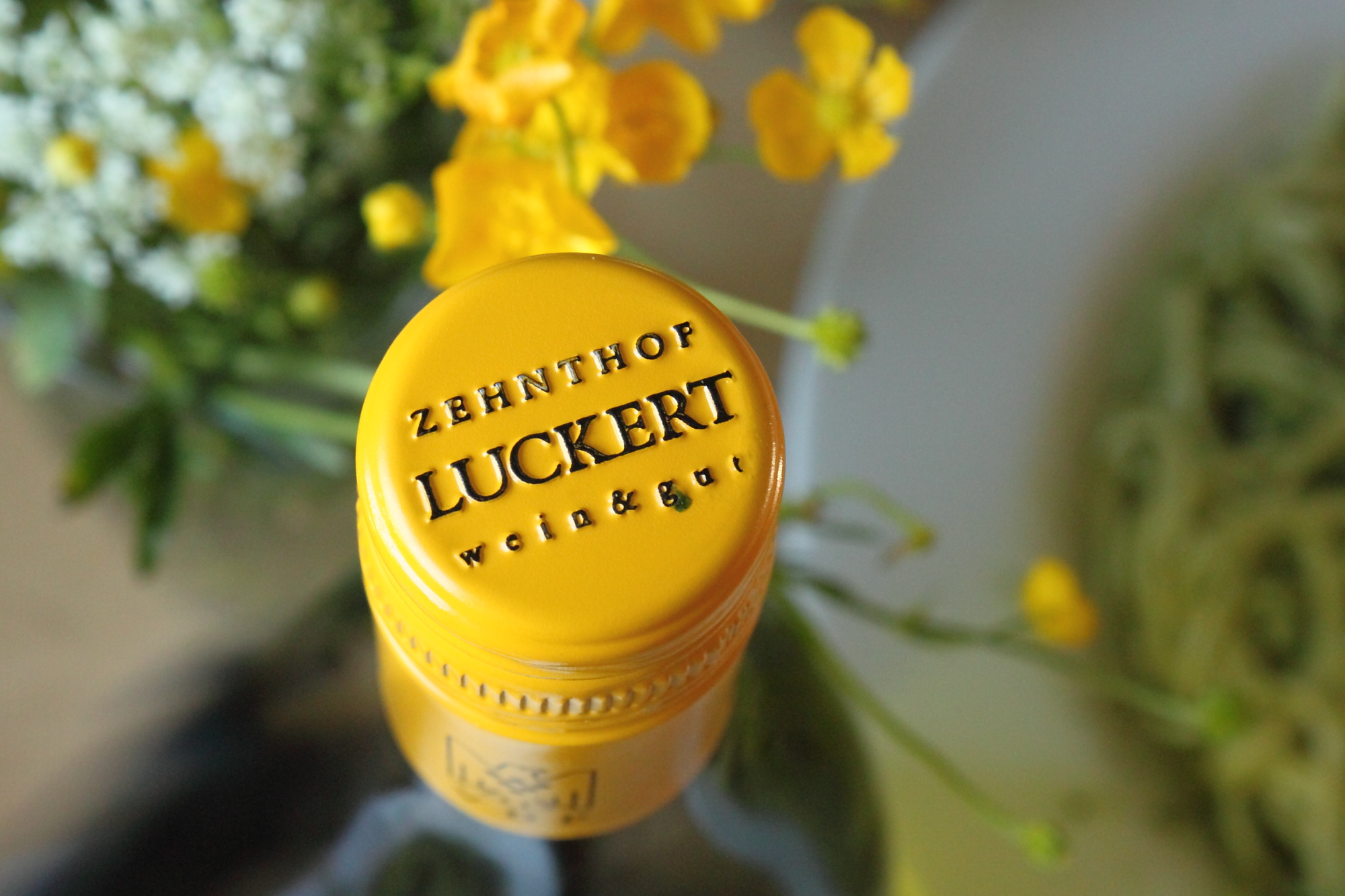Reichsrat von Buhl, Forster Pechstein, Riesling GG, 2008
Is it wrong to celebrate two Rieslings in a row? After Julian's ecstatic praise of an off-dry Saar Riesling I am now getting all excited about a dry specimen from the Pfalz. While I may ask for your forgiveness for presenting yet another German Riesling, the grand cru Reichsrat von Buhl needs no excuse - even if it was caught stealing from the cookie jar repeatedly. Yes, it is that good.

And it has a striking advantage over its friend from the Saar: you can get it outside of Germany too!









